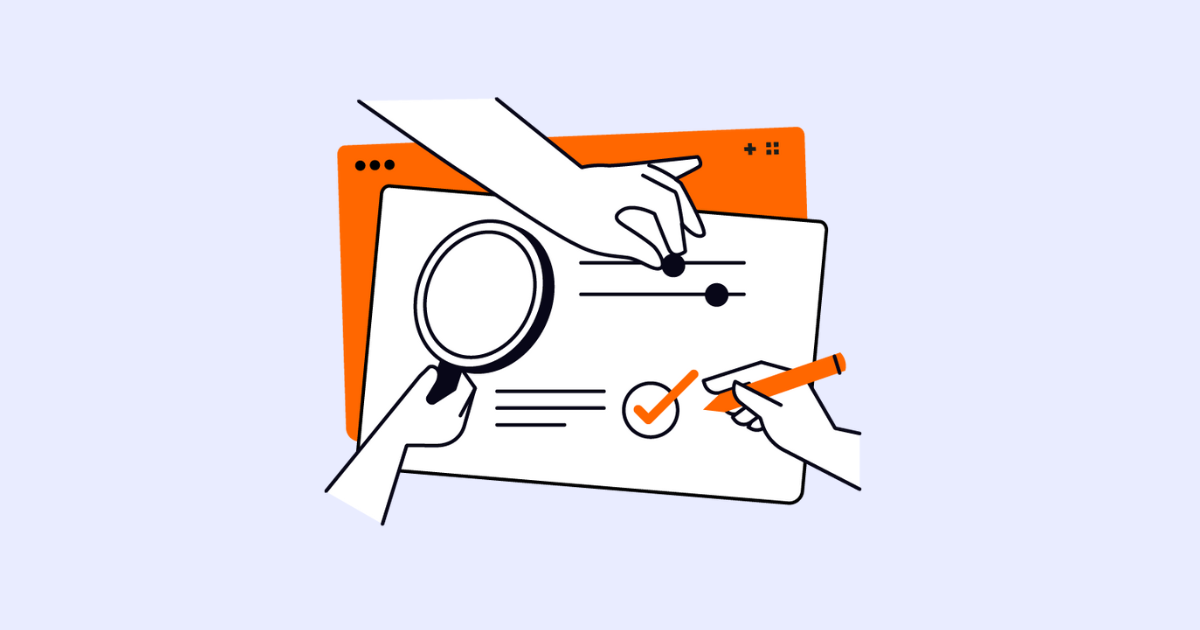You’ve got a great product idea that you know people will love, but you’re not sure how to start marketing and selling it. This is a common question and while there is no simple answer, there are a number of considerations to help you make a good choice.
Shopify and Amazon are two excellent platforms that you can get started on quickly with relatively low costs. Each of them have pro’s and con’s and ultimately it comes down to your budget and goals. We’ll walk you throught the key considerations and hopefully help you make a decision on your best starting point.
Who is this article for:
eCommerce Business Owners and Marketers
TL:DR
Amazon is ideal for businesses with limited budgets seeking quick sales and product validation. Its advantages include instant demand, high consumer trust, lower and faster setup costs, and the benefit of ad spend boosting organic rankings through its established marketplace and loyal Prime customer base.
Shopify offers complete ownership of customer data, greater customization, and brand control. It supports diverse business models and potentially offers higher margins due to lower ongoing fees.
The article suggests that for businesses with a limited budget, starting with Amazon for quick sales and product validation is a good strategy, with the option to build a Shopify site later, potentially utilizing Amazon’s FBA for fulfillment. Regardless of the platform, advertising is crucial for success.
Why Amazon?
Amazon is likely the fastest and cheapest route to launching your product. It will give you reach and immediate demand, but you are sacrificing customer data. Below are the key reasons to launch on Amazon:
Instant demand
The biggest advantage of launching your product on Amazon is that you can tap into an already established marketplace with highly motivated buyers. Amazon is the biggest marketplace in the world with millions of buyers seeking to purchase products. It’s not always as simple as just listing your product, you will likely still need to invest in ads on Amazon, but these are integrated into the platform, have high conversion rates and are quick to get started. On the other hand with a website like Shopify you need to build from scratch, no one will see your products until you begin advertising and begin generating demand.
Trusted Marketplace
Amazon is a trusted platform with millions of shoppers. Consumers trust Amazon will deliver on its promise to deliver your goods as they are in a timely manner. As such trust factors are high and conversion rates are higher than most other platforms. When you build your own Shopify store, you will not have the same level of trust, this will need to be built over time.
Lower Setup Costs & Faster Setup
Amazon requires you to set up listings, which does have a cost, but this is likely to be lower than building a complete website and also faster. While setup is lower with Amazon, Amazon has extra referral fees to list on their site, about 15% for most products, which will affect your margin.
Ad Spend Boosts Rankings
Interestingly, investment into Amazon ads will likely increase your organic rankings on Amazon. This means that ad spend has a double benefit of increasing sales and rankings. Ad spend increases the sell through rate of your product which increases organic ranking. Other platforms like Google Ads do not have this same feature. Ad spend and organic rankings are completely separated.
Amazon Prime
Amazon has a loyal customer base that shop on it because of great features like Amazon prime. As a seller on Amazon you can tap into these programs and use Amazon fulfillment and customer service.
Why Shopify?
Shopify may be a slower and more costly route to launch your product, but over the medium to long term it has a number of key advantages, such as lower fees, brand control and ownership of customer data.
Owned Customer Data
The biggest advantage of launching your business on Shopify (or another CMS) is that you have complete control of your customer data. When you sell on Amazon you do not have access to your customers data (such as their email addresses) and therefore cannot market to them down the line off the Amazon platform. When you use shopify you have full control and essentially own this data, it becomes a business asset.
Customisation & Brand Control
While Amazon gives you some control of your listings, you are still tied into their platform and must play by their rules. A Shopify store on the other hand gives you far more control. This can be important for determining how your brand is viewed. You have more design flexibility with your own platform. You also have a wider array of advertising options off Amazon which can be useful if you want to spend on branded advertising.
Differentiated Business Models
Similarly, Amazon only suits a simple business model. There are certain types of products and sizes that can’t be sold on Amazon. If you have a business that runs on a subscription model or you want to setup a specialised affiliate marketing program, these are much better done on your own platform like Shopify
Higher Margins
While setup costs might be higher on your own platform, ongoing there are likely to be less fees, leading to higher margins. This is because Amazon has high referral fees, usually 15%. The wildcard here is advertising, because while Amazon ads are not cheap, Google Ads or Facebook may be higher. Especially when you consider the high conversion rates on Amazon.
Our recommendation for most businesses:
How you launch your product ultimately depends on your goals and budget. If your goal is to generate as much sales as possible quickly with a limited budget, Amazon could be a better option. It has lower setup costs and will give you a high conversion rate. However if you are focused on building a brand long term and have the budget to do so, starting on Shopify might be wiser.
For most products that don’t require a specialised business model we recommend launching on Amazon. It’s quicker to setup, launch and generate sales. It’s a great way to validate a business idea and ensure there is a market for your product. Using Amazon’s FBA also makes it even easier to run your business by outsourcing the fulfilmment to Amazon. As a side benefit you can tap into Prime.
Once the product is validated and generating enough sales we recommend building a Shopify site. This is a great next step because your shopify orders can be fulfilled by Amazon from your existing stock sitting at amazon FBA centers. (This is called MCF). This is a great way to build a new sales channel quickly. This channel is very important as it allows you to start owning yout customer data and establish your brand for the long term. This will also improve your customer lifetime value as well.
Note that either option you choose, you will still need to spend money on advertising. It’s not enough to simply list your product on Amazon or build a website. Running ads is an essential part of product success either way.




